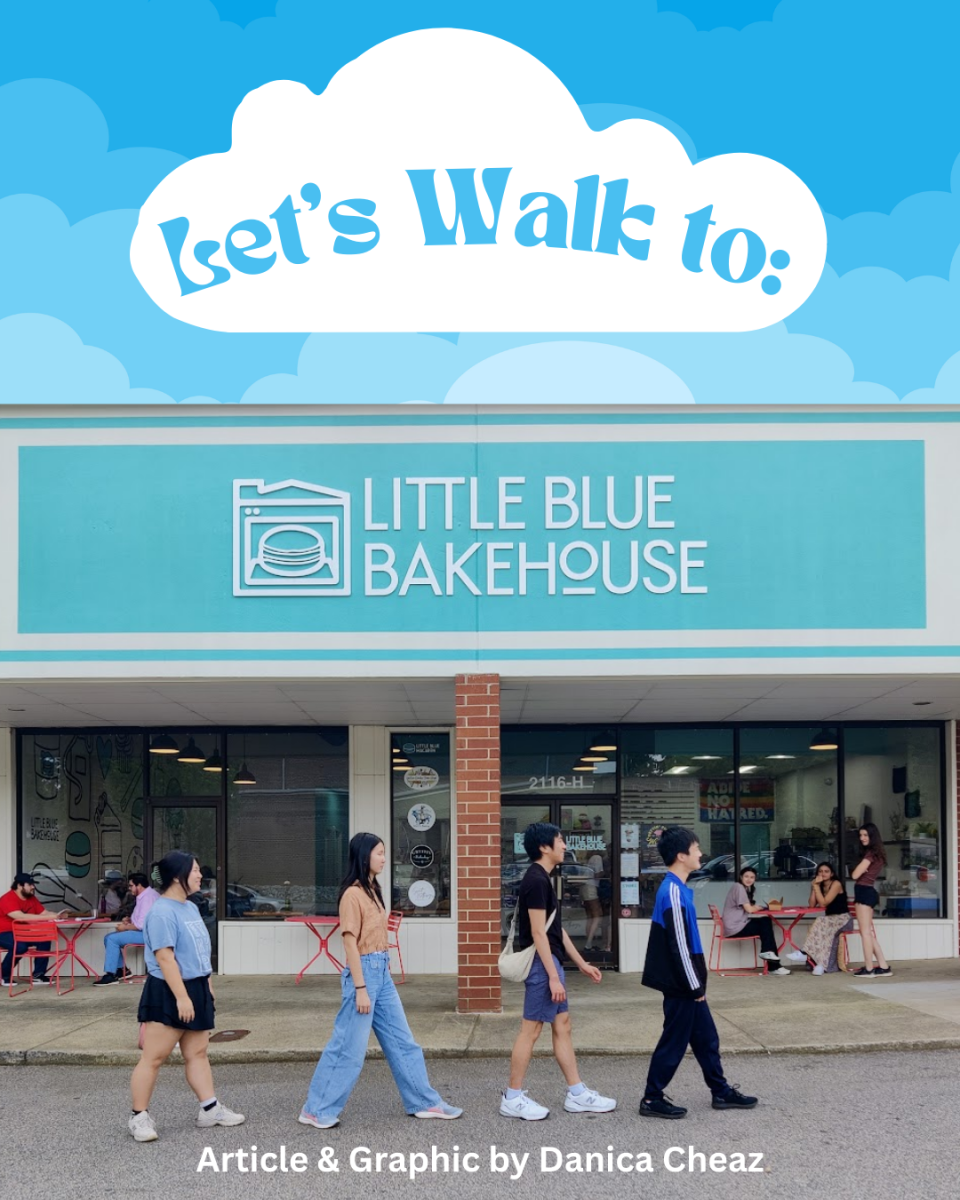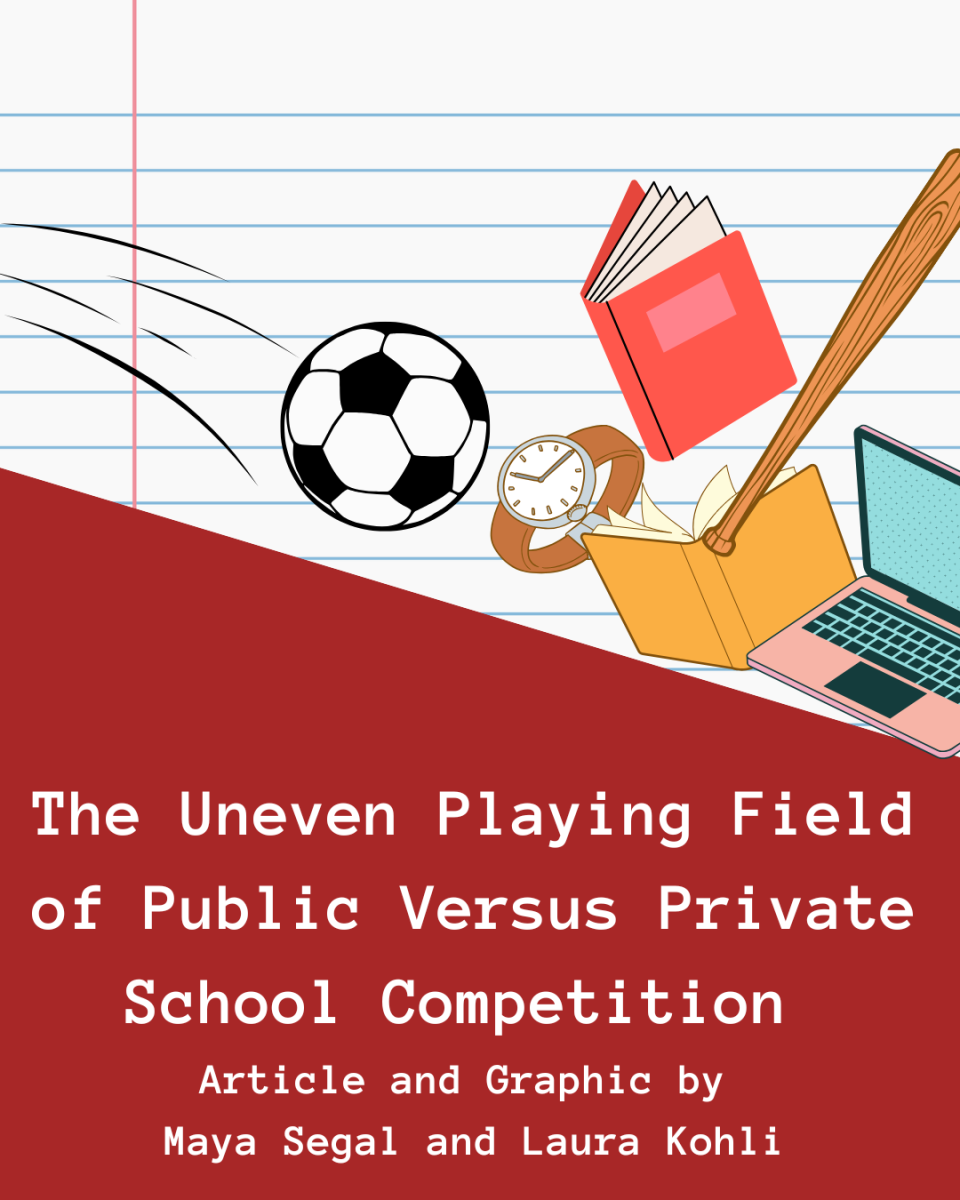On November 30th, 2022, ChatGPT became available to the public.
Today, barely two years later, AI has taken over the world. Even besides the “chatbot-assistants,” like Microsoft CoPilot or Google Gemini, you’d be hard pressed to find a shopping website that doesn’t have a customer service bot at this point. Although in many cases, this shift to AI has led to convenience, it has also been a blatant showcase of the replacement of humans in every sector of society; a trend with potentially devastating consequences if it continues unchecked.
Still, the idea of “artificial intelligence” is a relatively new concept. In 1950, computer scientist Alan Turing published a research paper titled “Computing Machinery and Intelligence,” where he proposed what he called “The Imitation Game.” This concept, a thought experiment more commonly referred to as the Turing test today, involves a human, machine, and “interrogator.” The interrogator is tasked with listening to dialogue between the human and machine, before predicting which side they believe to be each. If the interrogator picks incorrectly, the AI passes the Turing test (Zalta, 2021).
Just five years after Turing’s paper, the first use of the term “artificial intelligence” was recorded during a workshop at Dartmouth College. From there, AI research entered a rapid phase of growth. The first “chatbot,” named ELIZA, was created in 1966. Compared to today’s technology, ELIZA was simplistic. It looked for keywords in a user’s input and answered back with a canned response based on those keywords (Tarnoff, 2023). By 1997, an AI bot had successfully beaten the number one chess player on Earth. Around the mid-2000s, companies such as Google and Facebook began using AI to personalize the user experience through tools such as search autocomplete or ad algorithms.
These tools quickly boomed in popularity, drastically affecting the way we use the internet today. For companies, targeted ads and feeds have led to more engagement and revenue. For consumers, browsing and scrolling have become more convenient, personalized, and addicting (Levy, 2021). These systems have been commonplace for over a decade now, but it wasn’t until very recently we saw the movement of AI into the hands of individual people instead of companies.
One of the more longstanding concerns is AI’s ability to replace human jobs in the private sector, something which is already happening (in fact, almost two million factory jobs have already been taken by robots, and this number is increasing exponentially). The idea of creative jobs being replaced is much newer, but already taking hold in reality. This year, Coca-Cola remade their annual “Holidays are Coming” ad with AI. Mainstream news publications, such as the LA Times and US Weekly (Fink, 2024), are publishing AI-generated articles, which poses danger not only for the creativity it strips but also the potential for misinformation it brings.
Using AI is simply cheaper than paying a human, even if it has larger consequences on society, and as cost-of-living rises while AI costs decline, the discrepancy continues to grow. The average American worker’s wage has increased by nearly 20% since 2020 (National Average Wage Index, n.d.). Comparatively, the cost of data used by ChatGPT’s latest model (GPT-4 in March 2023 and GPT-4o today) has gone down over 90% in the last two years (Khadilkar, 2024).
Bots aren’t just in the creative industry; they’re taking over social media and therefore the political world too. According to an analysis from an AI checking company, over 40% of Facebook posts are AI-generated, and that number is growing fast (Gillham, 2025). Bots, in conjunction with ad companies, cryptocurrency, and more, are being used to back political candidates and parties because, unlike traditional commercials, they can argue and show empathy, making them that much better at changing a user’s mind (Ricciardone, 2024).
The biggest problem with AI is that despite being a scourge on society, it can be really useful. You almost certainly know someone who has used ChatGPT for an assignment, even if you haven’t done so yourself. Companies and people are using AI to write, create art, and advertise, because it can do those things cheaper, faster, and maybe even better than a human can.
But if we continue to trend in this direction, towards a world where AI is used for essentially everything, where real and fake cannot be separated, where humans are useless, we trend towards a society where the only people with any power are those rich enough to use AI themselves. We trend towards a society where not only power, but also art, is solely in the hands of the few. A society must be managed by humans for it to be successful for humans. Even if this leads to some things being harder, slower, and slightly less convenient, it is crucial that leaders across the world unite to regulate AI before it is too late.
And on the note of the Turing test, if you didn’t notice that the fifth paragraph seemed off in this article, you just failed it.
Works Cited:
Fink, K. (2024, May 16). AI-generated articles are permeating major news publications. NPR. https://www.npr.org/2024/05/16/1251917136/ai-generated-articles-are-permeating-major-news-publications
Gillham, J. (2025, January 27). Over 40% of Facebook Posts are Likely AI-Generated — Study – Originality.AI. https://originality.ai/blog/ai-facebook-posts-study
Khadilkar, A. (2024, October 1). The Game-Changing Drop in AI Costs: A new era of adoption and innovation – Spearhead. Spearhead. https://spearhead.so/the-game-changing-drop-in-ai-costs-a-new-era-of-adoption-and-innovation/#:~:text=The%20decreasing%20costs%20of%20AI%20present%20a%20remarkable%20opportunity%20for,to%20drive%20innovation%20and%20efficiency.
Levy, S. L. (2021, November 5). A conversation about reducing the harms of social media. Harvard Health. https://www.health.harvard.edu/blog/a-conversation-about-reducing-the-harms-of-social-media-202111052632
National Average Wage Index. (n.d.). https://www.ssa.gov/oact/cola/AWI.html
Oppy, Graham and David Dowe, “The Turing Test”, The Stanford Encyclopedia of Philosophy (Winter 2021 Edition), Edward N. Zalta (ed.), https://plato.stanford.edu/archives/win2021/entries/turing-test/
Ricciardone, S. M. (2024, July 4). How AI bots spread misinformation online and undermine democratic politics. The Conversation. https://theconversation.com/how-ai-bots-spread-misinformation-online-and-undermine-democratic-politics-234915
Tarnoff, B. (2023, September 1). Weizenbaum’s nightmares: how the inventor of the first chatbot turned against AI. The Guardian. https://www.theguardian.com/technology/2023/jul/25/joseph-weizenbaum-inventor-eliza-chatbot-turned-against-artificial-intelligence-ai


![What Do We Do [AI]bout This?](https://enloenews.org/wp-content/uploads/2025/04/what-do-we-do-aibout-this.jpg)




